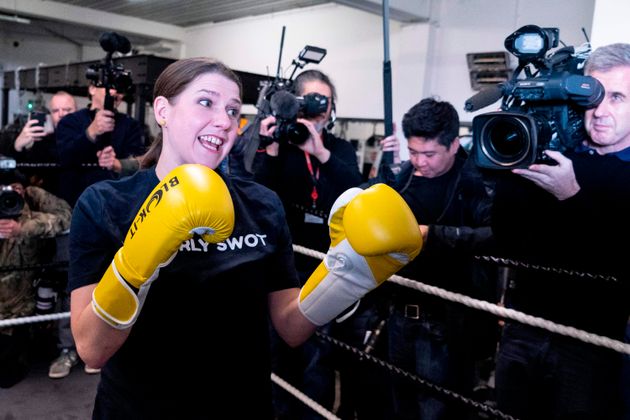
Despite leading some of the UK’s foremost political parties, women are featuring in just a fifth of nation press coverage of the general election campaign, research has shown.
Loughborough University academics, who week-by-week are tracing UK wide television and print media reporting of the campaign, said there was “gender inequality across all coverage” from November 7 to November 13.
Research also revealed that as a whole, women’s voices accounted for just a third of all quotation in TV news and a fifth of quotation in the national press – including “vox pops” with members of the public, business people, experts, and public professionals.
On television, women’s voices made up 32.9% of the share, while men had 67.1%.
In the press, women accounted for 18.1% while men accounted for 81.9%.
Overall, women featured in little more of a fifth (21.4%) of coverage, while men were much more prominent on 78.6%, according to Loughborough University’s Centre for Research in Communication & Culture.

The researchers said: “The data show that female actors are marginalised in cumulative terms in comparison with their male counterparts during the election campaign so far.”
Poignantly, the news was revealed on the 100th anniversary of the first female MP, Nancy Astor, taking her seat in the House of Commons on November 15, 1919.
Today a number of women lead a number of political parties, with Jo Swinson leading the Liberal Democrats and Nicola Sturgeon leading the SNP.
In Northern Ireland, the DUP is led by Arlene Foster, and Naomi Long is the leader of the Alliance Party.
Mary Lou McDonald is president of Sinn Fein, while Michelle O’Neill is vice president.